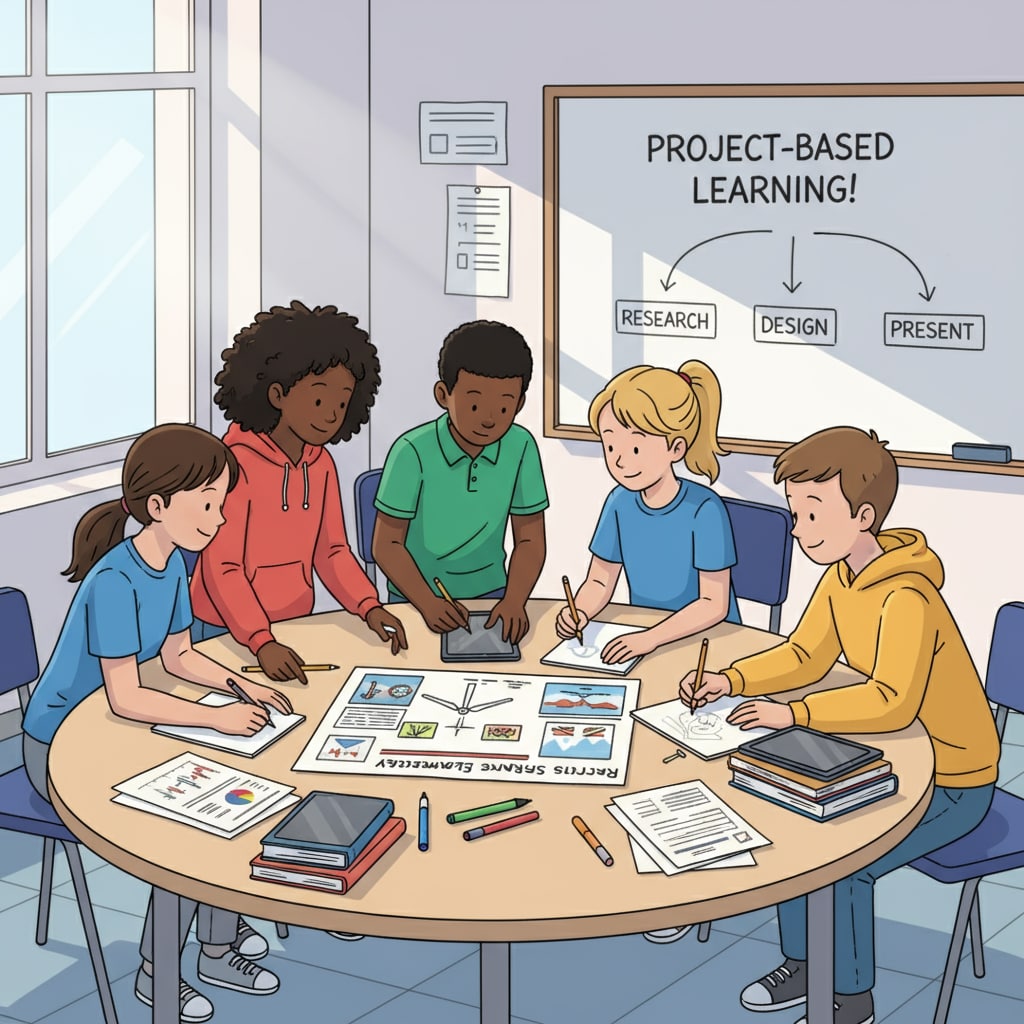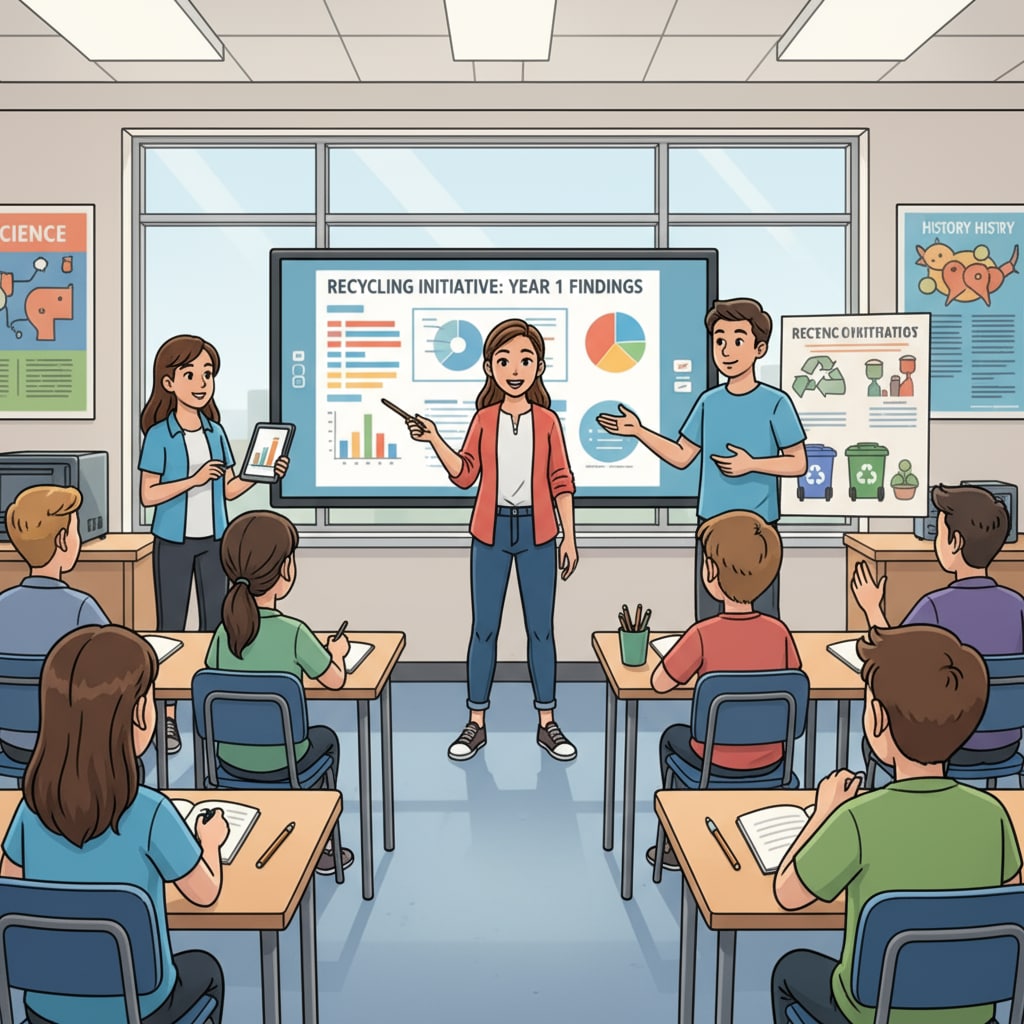Alternative homework solutions, project – based learning, and flipped classroom are revolutionizing the landscape of K12 education. Traditional homework has long been a staple in the educational system, but it is now facing significant challenges in terms of effectiveness and student motivation. In this article, we will explore how these innovative teaching strategies can effectively replace traditional homework, lighten students’ burdens, and enhance the learning experience, fostering the development of 21st – century core competencies.

The Drawbacks of Traditional Homework
Traditional homework often consists of repetitive exercises and rote memorization tasks. For example, students may be required to solve numerous math problems or memorize historical facts. However, this approach fails to engage students deeply. As a result, many students view homework as a chore, leading to decreased motivation and a negative attitude towards learning. According to National Education Association research, a large number of students find traditional homework uninteresting and unhelpful in truly understanding the subject matter.
Project – Based Learning: A Viable Alternative
Project – based learning is an educational approach where students learn by actively engaging in real – world projects. In this model, students work in teams to solve complex problems, conduct research, and present their findings. For instance, in a science class, students could design and build a solar – powered vehicle. This not only helps them understand scientific concepts but also develops crucial skills like teamwork, problem – solving, and communication. Wikipedia’s entry on project – based learning details its various benefits and implementation methods.

One of the key advantages of project – based learning is that it allows students to take ownership of their learning. They are actively involved in every stage of the project, from defining the problem to coming up with solutions. This hands – on experience is far more engaging than traditional homework, and it encourages students to think critically and creatively.
The Flipped Classroom Model
The flipped classroom is another innovative strategy that can replace traditional homework. In a flipped classroom, students watch pre – recorded lectures or study materials at home, and then use class time for discussions, group activities, and hands – on learning. For example, a language arts teacher might assign students to watch video lessons on grammar rules at home and then have in – class discussions and writing exercises. This way, students can learn at their own pace outside of class and get immediate feedback and support during class.
This model effectively flips the traditional learning process. It maximizes the use of in – class time for active learning, which is more beneficial than spending hours on solitary traditional homework. Moreover, it caters to different learning styles, as students can review the materials as many times as they need.
In conclusion, alternative homework solutions, especially project – based learning and the flipped classroom, offer promising ways to transform K12 education. By adopting these strategies, educators can create a more engaging and effective learning environment, free students from the monotony of traditional homework, and prepare them for the challenges of the 21st century.
Readability guidance: Short paragraphs and lists are used to summarize key points. Each H2 section provides a list of related ideas. The proportion of passive voice and long sentences is controlled, and transition words are scattered throughout the text to enhance readability.


